In linear algebra, the singular value decomposition (SVD) is a factorization of a real or complex matrix that generalizes the eigendecomposition of a square normal matrix to any m × n matrix via an extension of the polar decomposition.
Topic
Singular Value Decomposition (SVD)
This topic includes the following resources and journeys:
Type
Experience
Scope
Randomized Singular Value Decomposition (SVD)
This video describes how to use recent techniques in randomized linear algebra to efficiently compute the singular value decomposition (SVD) for extremely large matrices.
See MoreSVD: Optimal Truncation [Python]
This video describes how to optimally truncate the singular value decomposition (SVD) for noisy data (Python code).
See MoreSVD and Alignment: A Cautionary Tale
This video describes the importance of data alignment when performing the singular value decomposition (SVD). Translations and rotations both present challenges for the SVD.
See MoreSVD: Eigenfaces 2 [Matlab]
This video describes how the singular value decomposition (SVD) can be used to efficiently represent human faces, in the so-called "eigenfaces" (Matlab code, part 2).
See MoreSVD: Optimal Truncation [Matlab]
This video describes how to optimally truncate the singular value decomposition (SVD) for noisy data (Matlab code).
See MoreSingular Value Decomposition (SVD): Matrix Approximation
This video describes how the singular value decomposition (SVD) can be used for matrix approximation.
See MoreSVD: Eigenfaces 1 [Python]
This video describes how the singular value decomposition (SVD) can be used to efficiently represent human faces, in the so-called "eigenfaces" (Python code, part 1).
See MoreSVD: Eigenfaces 4 [Matlab]
This video describes how the singular value decomposition (SVD) can be used to efficiently represent human faces, in the so-called "eigenfaces" (Matlab code, part 4).
See MoreSingular Value Decomposition (SVD): Mathematical Overview
This video presents a mathematical overview of the singular value decomposition (SVD).
See MoreSVD: Eigenfaces 1 [Matlab]
This video describes how the singular value decomposition (SVD) can be used to efficiently represent human faces, in the so-called "eigenfaces" (Matlab code, part 1).
See MoreSVD: Eigenfaces 3 [Python]
This video describes how the singular value decomposition (SVD) can be used to efficiently represent human faces, in the so-called "eigenfaces" (Python code, part 3).
See MoreSingular Value Decomposition (SVD): Dominant Correlations
This lectures discusses how the SVD captures dominant correlations in a matrix of data.
See MoreUnitary Transformations and the SVD [Python]
This video describes how the singular value decomposition (SVD) is related to unitary transformations, with Python code.
See MoreSVD: Eigen Action Heros [Matlab]
This video describes how the singular value decomposition (SVD) can be used to efficiently represent human faces. In this example, we represent action heros (Matlab).
See MoreSVD: Eigenfaces 3 [Matlab]
This video describes how the singular value decomposition (SVD) can be used to efficiently represent human faces, in the so-called "eigenfaces" (Matlab code, part 3).
See MoreRandomized SVD: Power Iterations and Oversampling
This video discusses the randomized SVD and how to make it more accurate with power iterations (multiple passes through the data matrix) and oversampling.
See MoreUnitary Transformations and the SVD [Matlab]
This video describes how the singular value decomposition (SVD) is related to unitary transformations, with Matlab code.
See MoreSVD and Optimal Truncation
This video describes how to truncate the singular value decomposition (SVD) for matrix approximation.
See MoreSVD: Eigenfaces 2 [Python]
This video describes how the singular value decomposition (SVD) can be used to efficiently represent human faces, in the so-called "eigenfaces" (Python code, part 2).
See More
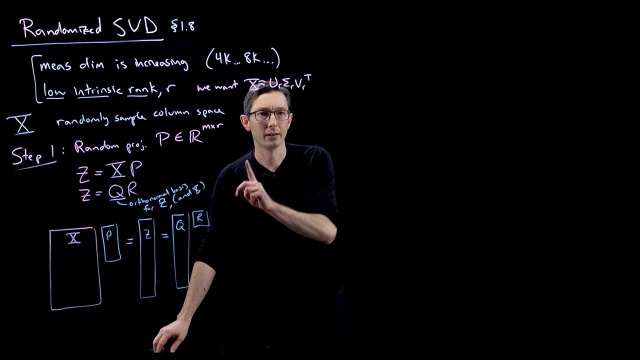
![SVD: Optimal Truncation [Python]](/sites/default/files/styles/search_resulkts/public/2020-12/maxresdefault_424.jpg?itok=UV9sowPB)

![SVD: Eigenfaces 2 [Matlab]](/sites/default/files/styles/search_resulkts/public/2020-12/maxresdefault_414.jpg?itok=L4yTxfyV)
![SVD: Optimal Truncation [Matlab]](/sites/default/files/styles/search_resulkts/public/2020-12/maxresdefault_423.jpg?itok=Op0DbiId)
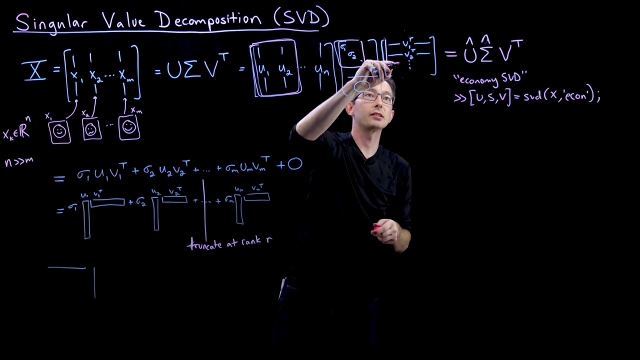
![SVD: Eigenfaces 1 [Python]](/sites/default/files/styles/search_resulkts/public/2020-12/maxresdefault_413.jpg?itok=Ieh39q9N)
![SVD: Eigenfaces 4 [Matlab]](/sites/default/files/styles/search_resulkts/public/2020-12/maxresdefault_418.jpg?itok=dWTN1neh)
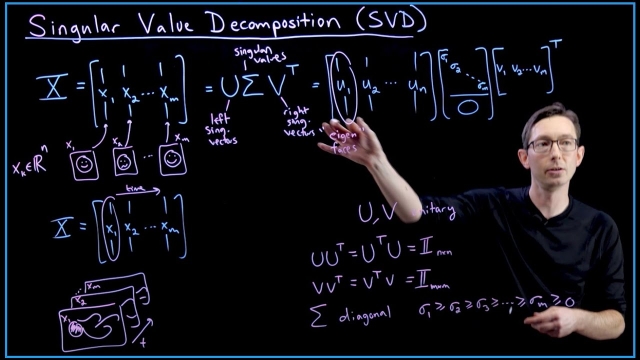
![SVD: Eigenfaces 1 [Matlab]](/sites/default/files/styles/search_resulkts/public/2020-12/maxresdefault_412.jpg?itok=X4iw3jz2)
![SVD: Eigenfaces 3 [Python]](/sites/default/files/styles/search_resulkts/public/2020-12/maxresdefault_417.jpg?itok=QFSaPoAT)
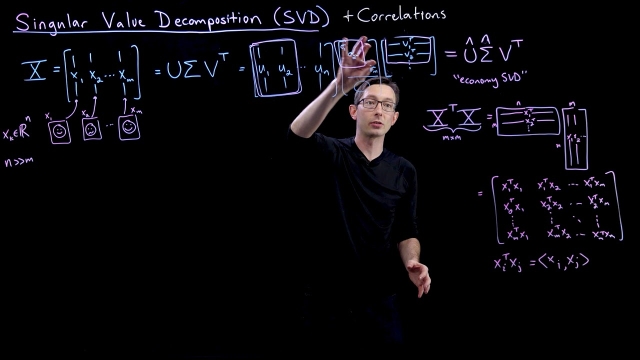
![Unitary Transformations and the SVD [Python]](/sites/default/files/styles/search_resulkts/public/2020-12/maxresdefault_428.jpg?itok=YznjC6fr)
![SVD: Eigen Action Heros [Matlab]](/sites/default/files/styles/search_resulkts/public/2020-12/maxresdefault_411.jpg?itok=YrhhkBXx)
![SVD: Eigenfaces 3 [Matlab]](/sites/default/files/styles/search_resulkts/public/2020-12/maxresdefault_416.jpg?itok=hM6yW5WL)
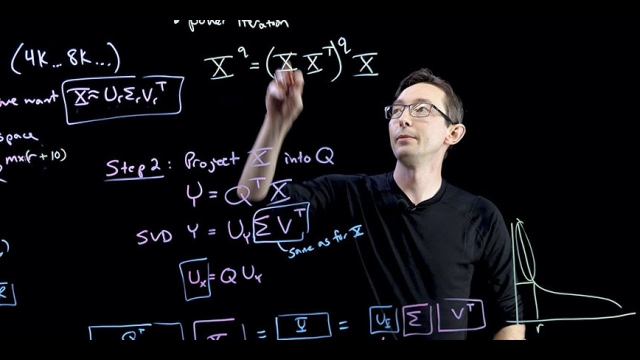
![Unitary Transformations and the SVD [Matlab]](/sites/default/files/styles/search_resulkts/public/2020-12/maxresdefault_427.jpg?itok=FrsjRsfe)
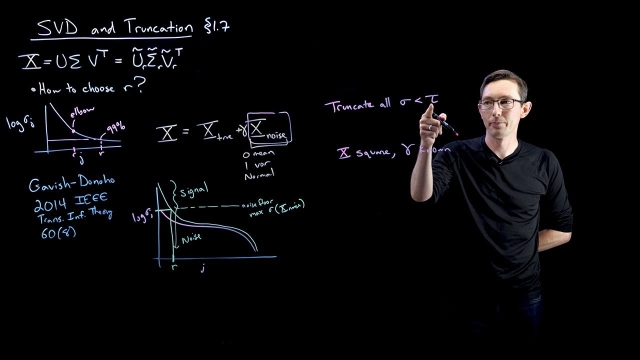
![SVD: Eigenfaces 2 [Python]](/sites/default/files/styles/search_resulkts/public/2020-12/maxresdefault_415.jpg?itok=9rg4zY8s)